Did you know that Qatar’s capital is home to some of the world’s most distinctive cultural landmarks, earning it recognition among leading global destinations for history lovers? The cultural sites in Doha are not just scenic stops; they are living chapters of Qatar’s story—where every minaret, souq alley, and museum display bridges ancient traditions with bold modernity. If you’re looking to experience the real Qatar, this guide will give you the keys to unearthing its remarkable past and vibrant cultural present.
A Surprising Glimpse into Cultural Sites in Doha: Where Heritage Meets Modernity
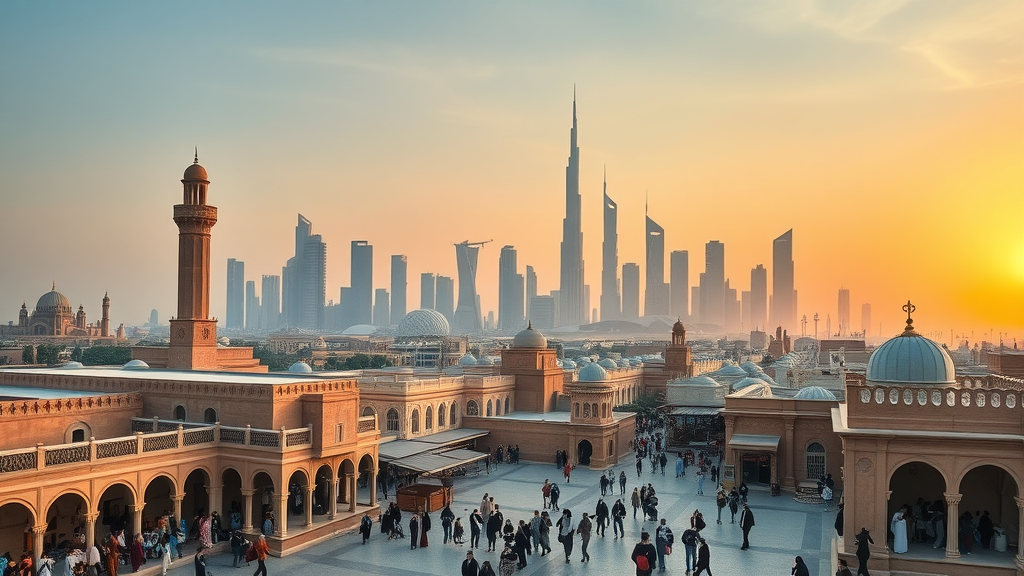
The cultural sites in Doha are unique for their seamless intertwining of old and new. Walking through bustling areas like Souq Waqif, you’re transported back in time by the scent of spices, the sound of traditional music, and intricate, centuries-old architecture. Yet, tilt your gaze upward and the horizon is punctuated by gleaming steel skyscrapers—a testament to Doha’s status as a global city. In one afternoon, a visitor can move from the shadow of ancient forts to world-renowned art site installations, all within a city devoted to preserving its legacy while innovating for the future.
- Did you know that Qatar’s world heritage site status places it among leading global destinations for history lovers? This article explores how cultural sites in Doha tell the nation’s story.
Why Exploring Cultural Sites in Doha Is Essential for Understanding Qatar’s Heritage
Exploring heritage sites in Doha is the key to unlocking Qatar’s unique narrative. These sites—be they grand museums, humble trading posts, or spiritual mosques—embody the traditions and values that have shaped the nation for centuries. They are not simply to be visited, but to be experienced: each market, fort, and museum offers a hands-on encounter with Qatari identity. As world heritage ambassadors, these landmarks preserve and celebrate everything from ancient scripts to contemporary art.
Responsible visitation is crucial in maintaining the integrity of heritage sites. Simple gestures—like dressing modestly, respecting religious customs, and supporting local artisans—help visitors engage meaningfully without disrupting community life. Experience Doha’s rich history through mindful exploration, and you’ll help ensure its legacy thrives long after your visit.
- Unlocking Qatar’s past through its cultural heritage
- How world heritage sites preserve national identity
- Practical tips for responsible visitation
The Value of World Heritage and Heritage Sites in Doha
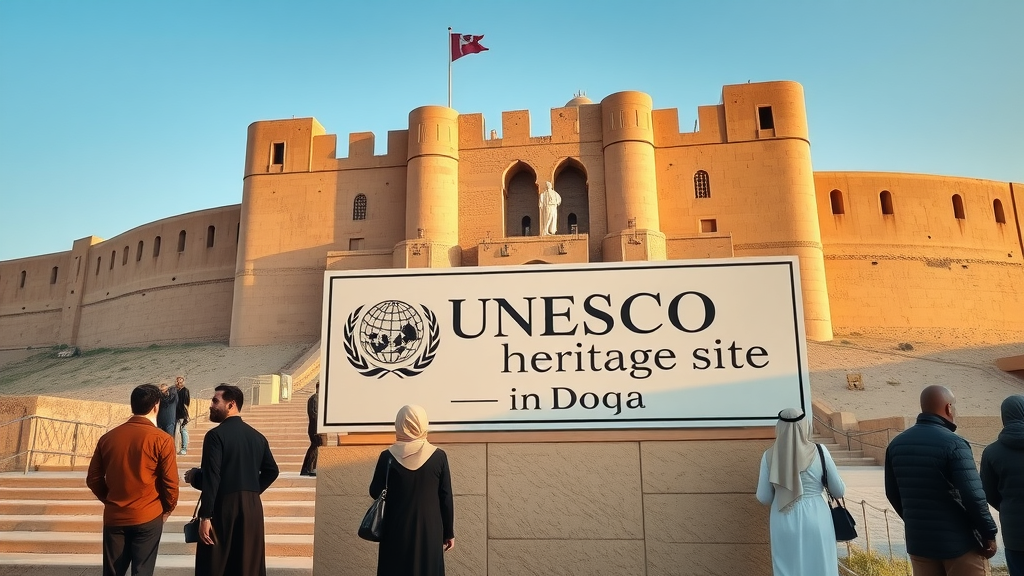
World heritage and heritage sites are more than stunning backdrops—they are the collective memory of a place and a people. Defined by UNESCO as locations of outstanding universal value, these sites have a special place in preserving Qatar’s cultural heritage. Their protection ensures that local stories, crafts, and wisdom are treasured and shared for generations.
UNESCO’s involvement in Doha goes beyond simple recognition. Through international partnerships and funding, UNESCO helps safeguard archaeological sites and architectural wonders like Al Zubarah archaeological site or historic heritage mosques. These ties support research, restoration, and educational initiatives that enhance user experience and promote global understanding.
- Definition of world heritage and heritage sites
- UNESCO’s role in preserving Qatar’s cultural heritage
- Notable heritage sites in and around Doha
Comprehensive Guide to Top Cultural Sites in Doha
Souq Waqif: Doha’s Traditional Market and Cultural Hub
At the heart of Doha stands Souq Waqif—a traditional market rebuilt on ancient foundations. The souq’s atmospheric alleys brim with shops selling spices, textiles, perfumes, falcons, and even thoroughbred Arabian horses. Souq Waqif isn’t just a traditional market, it’s a living monument to the city’s trading and social legacy, where the skills and stories of Qatari merchants come alive.
Reborn through extensive restoration by the Al Thani family and local communities, Souq Waqif is a blend of old and new. Its mud-daubed walls channel the country’s architectural past, while lively cafés, shisha lounges, and artist workshops attract a modern crowd. Throughout the year, the souq hosts cultural performances, music festivals, and art installations that cement its reputation as a top cultural site in Doha.
- The historic roots and rebirth of Souq Waqif
- Local crafts, architecture, and cuisine
- Events, festivals, and its status as a cultural heritage site
The Pearl of Heritage: Al Zubarah and Its World Heritage Site Significance
No discussion of heritage sites in Qatar is complete without Al Zubarah. Located northwest of Doha, the Al Zubarah archaeological site is the only UNESCO-listed world heritage site in the country. This 18th-century Gulf trading and pearl-diving town flourished as a commercial hub before its mysterious decline, leaving evocative remains—fortress walls, homes, and a well-preserved marketplace—that are a must-see for history aficionados.
UNESCO’s recognition of the Al Zubarah archaeological site has transformed heritage policy in Qatar, inspiring nationwide efforts in conservation, research, and cultural tourism. Today, visitors are welcomed by modern facilities, interpretive trails, and engaging exhibitions. Explore the ruins, wander through the fort, and don’t miss nearby coastal villages for a glimpse into the daily life of Qatar’s ancestors.
- The story behind Al Zubarah archaeological remains
- UNESCO recognition and its influence on heritage policy
- Visitor information and nearby attractions
National Museum of Qatar: Journey Through Qatar’s Cultural Heritage
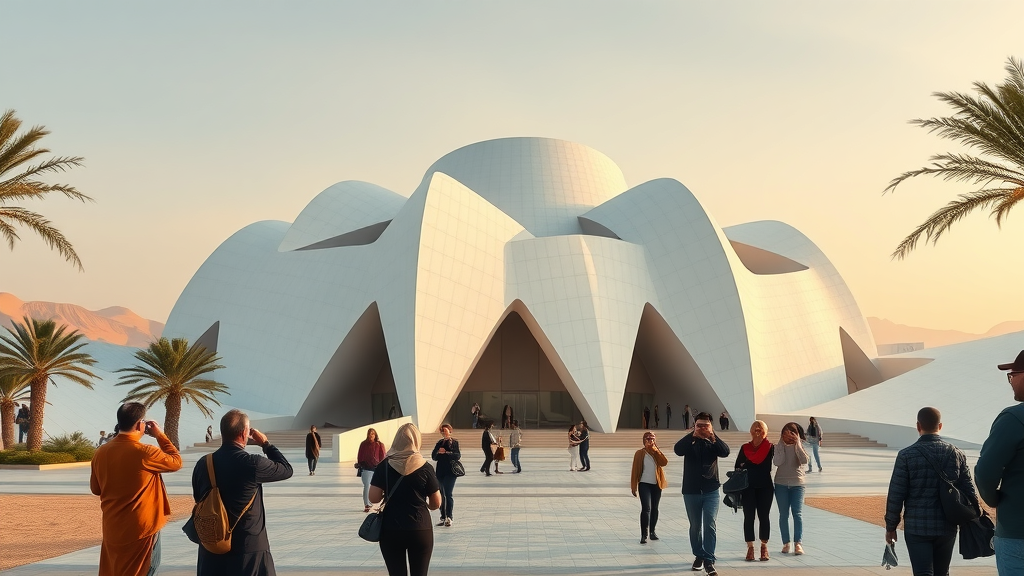
The National Museum of Qatar is an architectural marvel—its striking design, inspired by the desert rose, beckons both locals and tourists. Stepping into the museum, visitors embark on a chronological journey through the country’s development, from prehistoric times to present day. Highlights include ancient manuscripts, artifacts from the pearl-diving era, and immersive multimedia installations.
The museum offers a deep dive into Qatari cultural heritage through its thematic galleries, interactive exhibits, and educational programs tailored for families and students. Its focus on storytelling, combined with innovative technology, creates a memorable experience for anyone seeking to understand the heart and soul of Qatar. Participation in events and workshops at the National Museum further allows visitors to connect with the nation’s evolving identity.
- Collection highlights of the national museum
- Immersive exhibits on Qatari heritage and culture
- Interactive experiences and educational programs
Museum of Islamic Art: Home to Priceless Islamic Heritage
Standing majestically on Doha’s Corniche, the Museum of Islamic Art (MIA) is both an iconic architectural statement and a treasure trove of Islamic civilization. Designed by the legendary architect I.M. Pei, the museum of islamic art houses manuscripts, ceramics, textiles, and metalwork spanning 1,400 years—from Spain to Central Asia. Its minimalist exterior frames panoramic views of the city skyline, making it an art site not to miss.
The museum of islamic art plays a pivotal role in raising cultural heritage awareness through exhibitions, lectures, and international exchange programs. With its rich displays and public art installations, the MIA serves as both an educational resource and a meeting point for art lovers and scholars. Plan to catch a rotating exhibition or join a guided tour for a deeper appreciation of Islamic art and its significance for Qatar.
- Iconic architecture and museum design
- World-class Islamic art collections
- Programs promoting cultural heritage awareness
Exploring Al Jassasiya: Heritage Site of Ancient Rock Carvings
North of Doha lies Al Jassasiya, one of Qatar’s most intriguing heritage sites. This archaeological site is famous for its clusters of petroglyphs—nearly 900 carvings depicting boats, animals, geometric designs, and enigmatic cup-marks. Scholars believe these al jassasiya rock art sites to be several centuries old, offering rare glimpses into Qatar’s prehistoric artistry and symbolism.
The delicate preservation of Al Jassasiya is overseen by archaeologists who carefully monitor erosion and human impact. Responsible exploration is key; visitors are encouraged to leave no trace, respect conservation zones, and follow the interpretive signage to protect the cultural legacy. Al Jassasiya stands as a testament to the enduring creativity and spiritual life of the region’s early inhabitants.
- Unique petroglyphs and their meaning in Qatari history
- Preservation of cultural sites through archaeological research
- Guidelines for respectful exploration
Significant Heritage Mosques in Doha: Spiritual and Cultural Centers
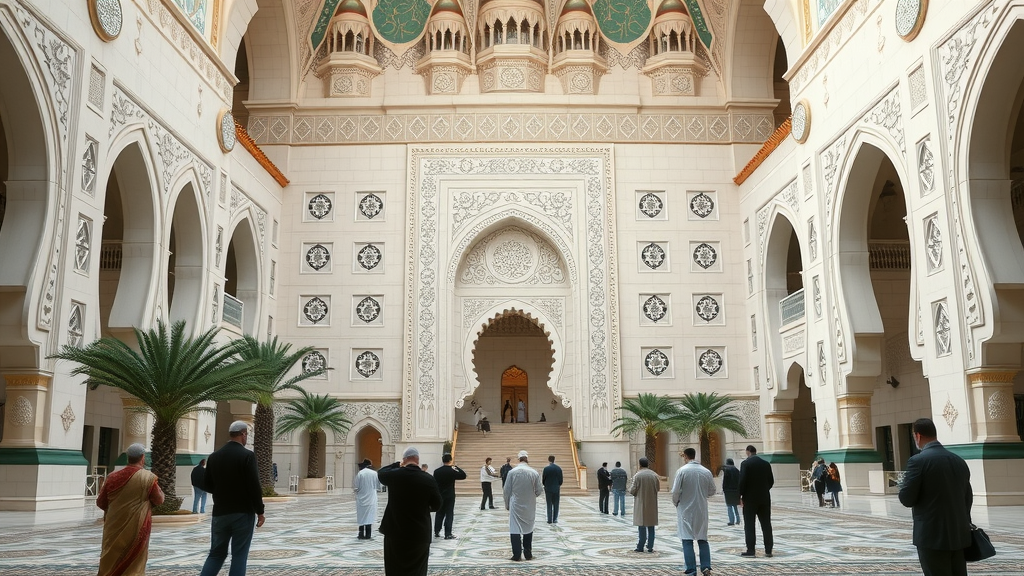
Heritage mosques in Doha serve as pillars of both spiritual and cultural significance. Structures like the Fanar Islamic Cultural Center and the Grand Mosque are not just places of worship but also hubs of learning and community engagement. Their intricate geometric patterns and minarets are echoes of Islamic artistic excellence, reflecting regional influences that continue to inspire contemporary architecture throughout the city.
Visitors are welcome to experience the serenity and grandeur of these spiritual landmarks, though it’s essential to observe local customs. Modest dress and respectful behavior are expected, especially during prayer times. Many mosques, including heritage mosques, offer guided tours and cultural programs that enrich every visitor’s understanding of Qatar’s religious heritage.
- Historical mosques and their roles in Qatari heritage
- Architectural influence in contemporary cultural sites
- Visiting etiquette for foreigners and non-Muslims
On the Path to the Future: Doha’s Tentative List of Cultural Heritage Sites
Qatar’s journey in cultural preservation is ongoing, with several sites in Doha submitted to UNESCO’s tentative list for future world heritage site status. This list reflects places considered to have outstanding value but awaiting further recognition. Proposed sites are evaluated for their history, architecture, authenticity, and societal impact—each vying to join Al Zubarah on the world stage.
Emerging cultural sites on the tentative list highlight Qatar’s commitment to preserving its authentic identity. From new archaeological discoveries to revitalized historic neighborhoods, Doha continues to expand the horizons for future generations. In the coming years, expect more of Doha’s heritage sites to earn the prestigious UNESCO designation, further enhancing the city’s global reputation as a cultural crossroads.
- What is Qatar’s tentative list?
- Criteria for new world heritage site nominations
- Emerging cultural sites in Doha awaiting recognition
Experiencing Doha’s Living Heritage Through Food, Festivals, and the Arts
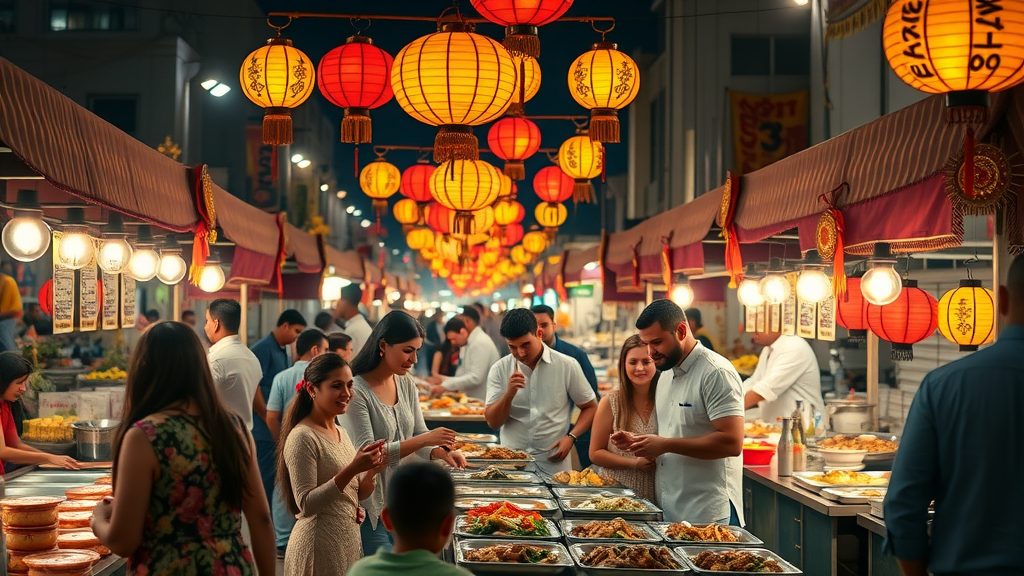
No visit to cultural sites in Doha is complete without tasting authentic Qatari cuisine or participating in one of the city’s many lively festivals. From seasonal fairs at Souq Waqif to bustling food markets on the Corniche, the capital’s culinary scene is a living heritage in itself. Sample spiced lamb machboos, sweet dates, and aromatic coffee—dishes steeped in centuries-old tradition and generosity.
Art and culture are at the heart of everyday life. Public art installations by local and international artists are scattered throughout the city—many sponsored by the Qatar Museums Authority—to encourage community engagement. Annual festivals, gallery nights, and exhibitions offer visitors a sampler of Qatari creativity, while traditional crafts and storytelling keep the intangible heritage alive for the next generation of Qataris and guests.
- Traditional market and culinary experiences
- Art installations, exhibitions, and culture-driven events
- Preserving intangible heritage for tomorrow
Comparing Cultural Sites in Doha: Historical Overview and Visitor Insights
| Site Name | Location | Historical Period | UNESCO Status | Unique Features |
|---|---|---|---|---|
| Souq Waqif | Downtown Doha | 19th – 21st century | No | Traditional market, festivals, art site |
| Al Zubarah Archaeological Site | Northwest of Doha | 18th – 19th century | UNESCO World Heritage Site | Pearl diving & trading town ruins, heritage fortress |
| National Museum of Qatar | Corniche, Doha | 21st century (est. 2019) | No | Desert rose design, immersive heritage exhibits |
| Museum of Islamic Art | Corniche, Doha | 21st century (est. 2008) | No | World-class Islamic art, architectural icon |
| Al Jassasiya Rock Art Site | North of Doha | Prehistoric | No | Petroglyphs, ancient symbols, archaeological site |
Expert Insights: The Importance of Preserving Cultural Heritage in Doha
"Protecting Doha's cultural heritage ensures our identity thrives for generations to come." — Qatari Culture Advocate
Preserving the intricate mosaic of cultural heritage in Doha is vital to national pride and international recognition. As modernization accelerates across Qatar, diligent stewardship of heritage sites—from the majestic Al Zubarah archaeological site to vibrant traditional markets—provides a touchstone for community memory and a platform for intercultural dialogue. Through conservation, education, and sustainable tourism, Doha’s residents and guests alike are empowered to share in a legacy that illuminates both the past and the possibilities for the future.
Frequently Asked Questions About Cultural Sites in Doha
What is the heritage site of Qatar?
- Al Zubarah Archaeological Site is Qatar’s only UNESCO world heritage site, celebrated for its rich history as a former Gulf trading port.
The Al Zubarah archaeological site stands as a living testament to Qatar’s trading legacy, showcasing its historical significance through preserved ruins and strategic location along ancient trade routes. Recognized globally for its well-preserved city walls and traditional architecture, the site draws visitors and scholars seeking to explore the heritage and evolution of the Gulf region.
Can you kiss in public in Doha?
- Public displays of affection, such as kissing, are strongly discouraged in Doha, as local customs and laws are rooted in traditional cultural heritage.
Respecting local customs is an integral aspect of experiencing cultural sites in Doha. Visitors should note that public displays of affection are considered inappropriate and may attract attention or legal warnings. Observing social etiquette ensures all guests enjoy a harmonious and respectful user experience while exploring Qatar’s heritage.
How many UNESCO heritages are there in Qatar?
- Qatar currently has one inscribed world heritage site with several more on its tentative list seeking UNESCO recognition.
At present, Al Zubarah archaeological site is Qatar’s only UNESCO world heritage site. However, the country is actively pursuing nominations for additional locations on its tentative list, reflecting a strong commitment to expanding global appreciation for Qatari cultural heritage.
Where do expats go in Doha?
- Popular areas for expats include West Bay, The Pearl, and visiting top cultural sites in Doha like Souq Waqif and the Museum of Islamic Art.
Expats and international tourists are drawn to modern districts such as West Bay and The Pearl, which offer cosmopolitan lifestyles alongside easy access to cultural sites. Many enjoy spending weekends exploring Souq Waqif, the museum of islamic art, and attending public art exhibitions, immersing themselves in the city’s vibrant, multicultural community.
Practical Tips for Visiting Cultural Sites in Doha
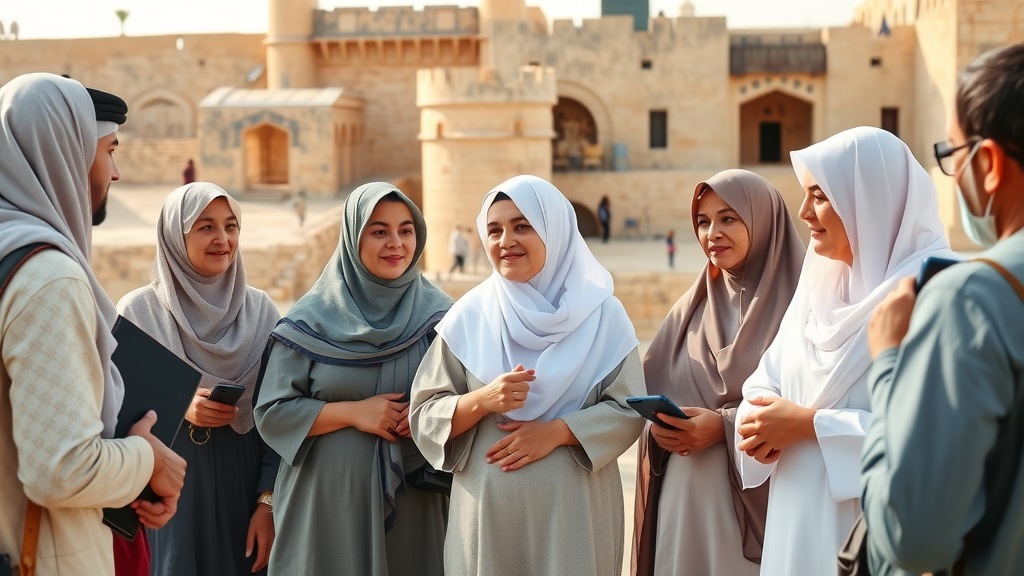
- Best times to visit heritage sites
- Dress codes and etiquette
- Photography policies and guided tour recommendations
To get the most out of your heritage experience, plan your visits during the cooler months from November to March, when outdoor explorations are most comfortable. Dress codes at cultural sites in Doha generally require modest clothing; women should wear long skirts or trousers and cover their shoulders, while men should avoid shorts. Many mosques and museums provide scarves or coverings for guests if needed.
Photography is generally welcome at most heritage sites, though restrictions may apply in places of worship or on sensitive displays—always check posted signage or ask your guide. Consider joining a guided tour for deeper insight and to access areas not open to self-guided visitors. Above all, take time to engage respectfully with both the place and its people to enrich your user experience.
Top-Ranked Cultural Heritage Experiences in Doha (List)
- Exploring Souq Waqif
- Touring Al Zubarah world heritage site
- Visiting the National Museum of Qatar
- Marveling at the Museum of Islamic Art
- Viewing Al Jassasiya rock carvings
Key Facts and Takeaways on Doha’s World Heritage and Cultural Heritage Sites
- Doha’s sites bridge ancient traditions with innovative architecture
- Qatar’s commitment to heritage preservation is internationally recognized
- Cultural sites in Doha invite global visitors to experience stories etched in time
Your Gateway to World Heritage: Engage with Doha’s Living History Today
- Take the next step: Plan your visit to the top cultural sites in Doha and immerse yourself in Qatar’s vibrant storytelling traditions.
- Short documentary showcasing world heritage sites, traditional markets, and the transformative power of cultural heritage in Qatar
- Curated footage featuring immersive exhibits, stunning Islamic art, and insights into conservation at one of Doha’s leading cultural sites
Next steps: Explore cultural sites in Doha, engage respectfully, and become part of Qatar’s unfolding story by experiencing its heritage firsthand.
To deepen your understanding of Doha’s rich cultural heritage, consider exploring the following resources:
-
“Souq Waqif”: This comprehensive article provides insights into the history and significance of Doha’s traditional marketplace, detailing its evolution from a 19th-century trading hub to a vibrant cultural destination. (en.wikipedia.org)
-
“Museum of Islamic Art, Doha”: This resource offers an in-depth look at the Museum of Islamic Art, highlighting its architectural design by I.M. Pei and its extensive collection spanning 1,400 years of Islamic art from three continents. (en.wikipedia.org)
These resources provide valuable insights into Doha’s cultural landmarks, enriching your exploration of the city’s heritage.
 Add Row
Add Row  Add
Add 




Write A Comment